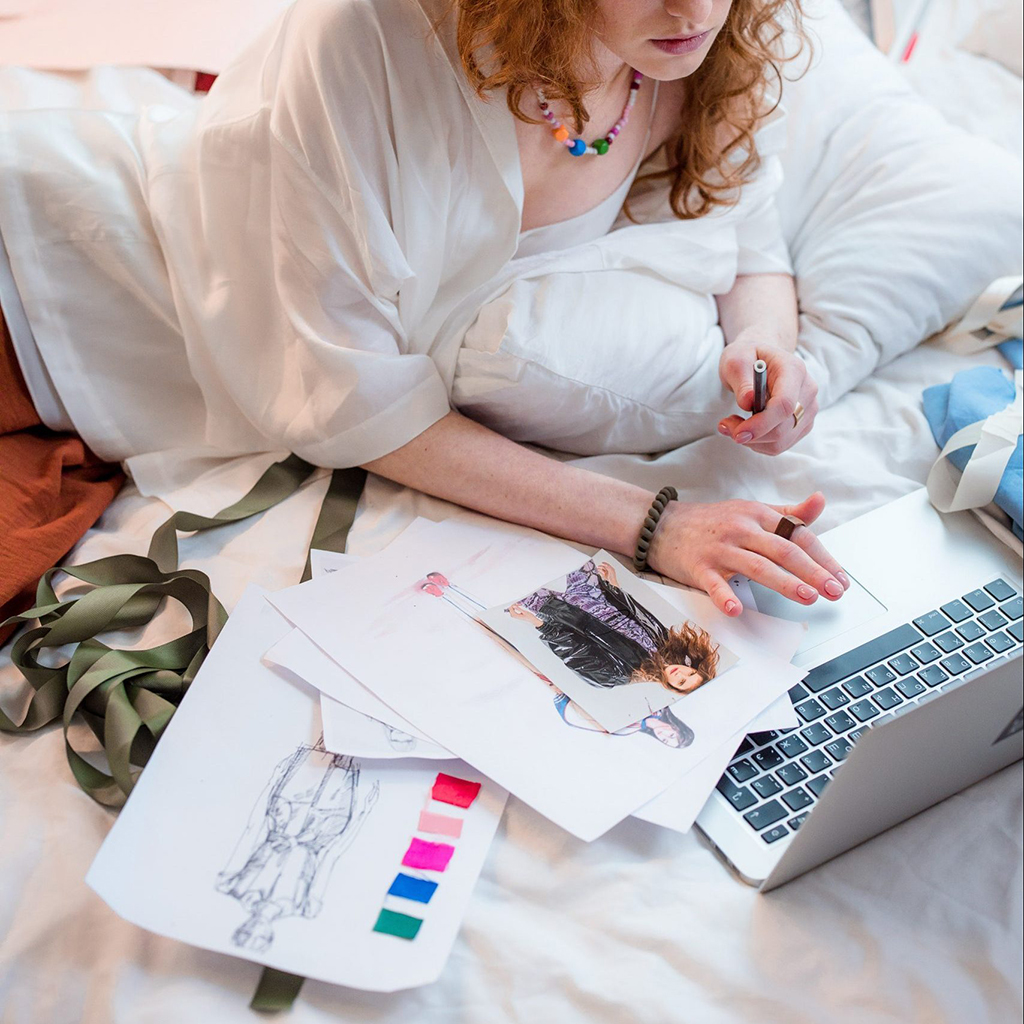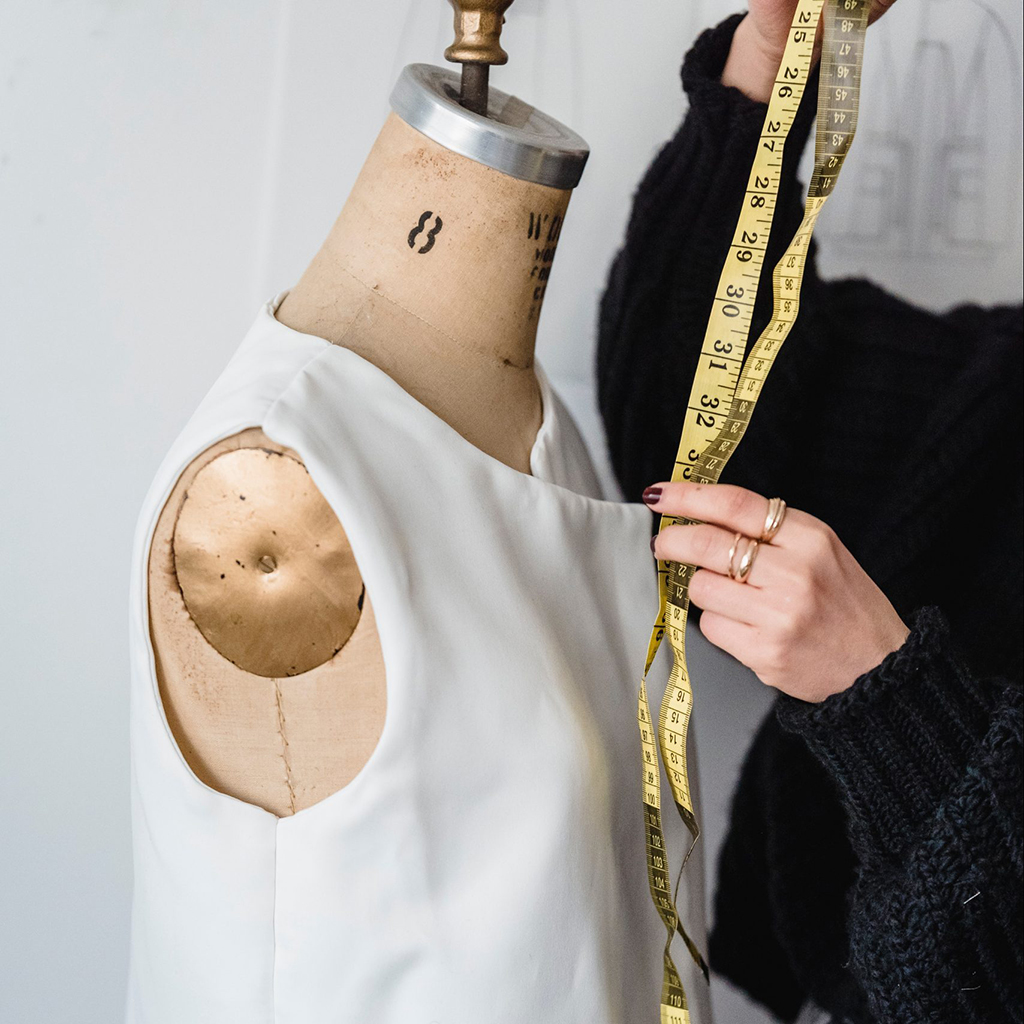The Importance of Apparel Samples in Custom Apparel Design
blo01022023-04
Apparel samples are an essential part of the fashion design process, helping you refine your designs and ensure the quality of your garments. By providing detailed information, considering fabric-specific sizing differences, utilizing 3D renderings, and maintaining open communication with your clothing manufacturer, you can get the most out of your samples and set the stage for a successful production run.

Photo: Pexels
Be as Detailed as Possible in Your Sketches and Tech Packs
The key to creating accurate and high-quality samples is to provide your clothing manufacturer with clear and detailed information. Whether using a sketch or a tech pack, be sure to include precise measurements, fabric choices, colorways, and any special design elements. This will help your manufacturer understand your vision and produce samples that meet your expectations.

Photo: Pexels
Keep in Mind That Garment Sizes May Differ Between Fabrics
Different fabrics may affect the fit and sizing of your garments. Keep this in mind when creating samples, and work closely with your clothing manufacturer to adjust your designs accordingly. Be open to modifying your patterns, sizing, and construction techniques based on the chosen fabric to ensure a perfect fit for your final product.

Request a 3D Digital Rendering of Your Sample, If Possible
Before investing in physical samples, consider asking your manufacturer to create a 3D digital rendering of your design. This will allow you to visualize your garment and make any necessary adjustments before moving to the sampling stage. 3D renderings can save time and resources by identifying potential issues early in the process, reducing the need for multiple rounds of sampling.

Photo: Pexels
Communicate Openly and Frequently with Your Clothing Manufacturer
Maintain open lines of communication with your clothing manufacturer throughout the sampling process. Be receptive to their feedback and suggestions, as they may have valuable insights into improving your design, fit, or construction. Regular communication can help you address any concerns or issues promptly, ensuring that your samples are of the highest quality.

Photo: Pexels
Review Your Samples Thoroughly and Provide Constructive Feedback
Once you receive your samples, take the time to review them carefully. Assess the quality, fit, and overall appearance of the garments, and provide detailed feedback to your clothing manufacturer. Be specific about any changes or adjustments you’d like to make, and work together to refine your design until it meets your expectations.

